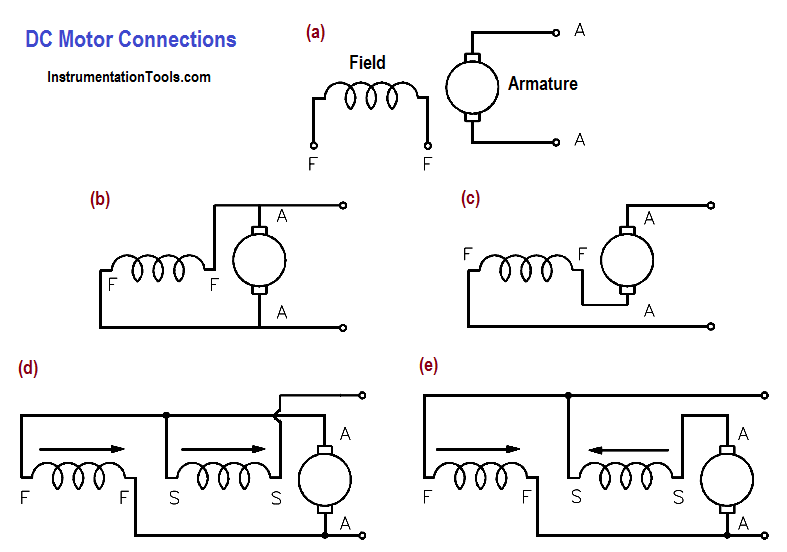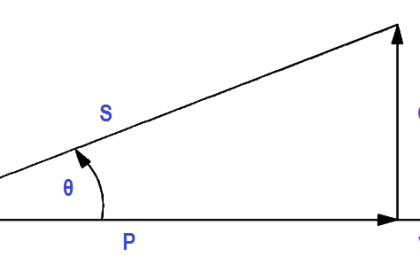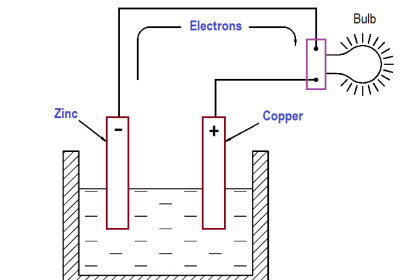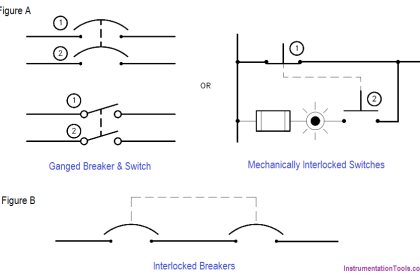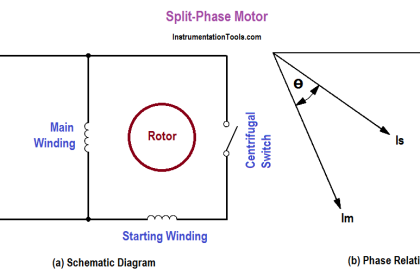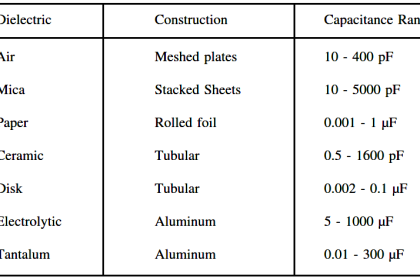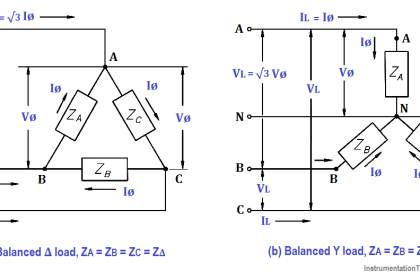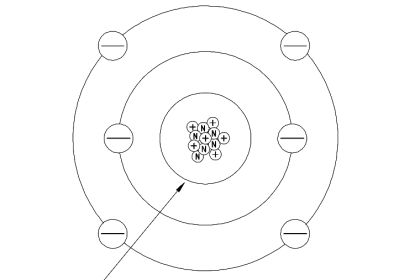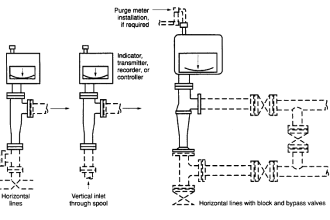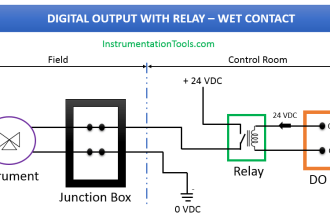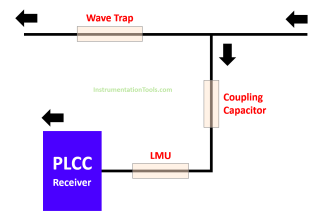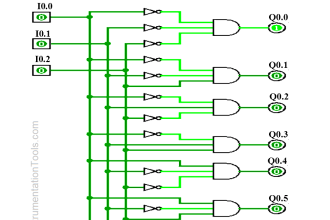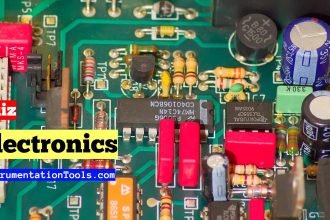There are various types of DC motors found in industry today. Each type contains various characteristics that makes it desirable for certain applications.
DC Motor Connections
The below Figure shows schematic- ally the different methods of connecting the field and armature circuits in a DC motor. The circular symbol represents the armature circuit, and the squares at the side of the circle represent the brush commutator system. The direction of the arrows indicates the direction of the magnetic fields.
Figure 7 : DC Motor Connections
Figure 7a shows an externally-excited DC motor. This type of DC motor is constructed such that the field is not connected to the armature. This type of DC motor is not normally used.
Figure 7b shows a shunt DC motor. The motor is called a “shunt” motor because the field is in parallel, or “shunts” the armature.
Figure 7c shows a series DC motor. The motor field windings for a series motor are in series with the armature.
Figures 7d and 7e show a compounded DC motor. A compounded DC motor is constructed so that it contains both a shunt and a series field.
Figure 7d is called a “cumulatively-compounded” DC motor because the shunt and series fields are aiding one another.
Figure 7e is called a “differentially-compounded” DC motor because the shunt and series field oppose one another.
